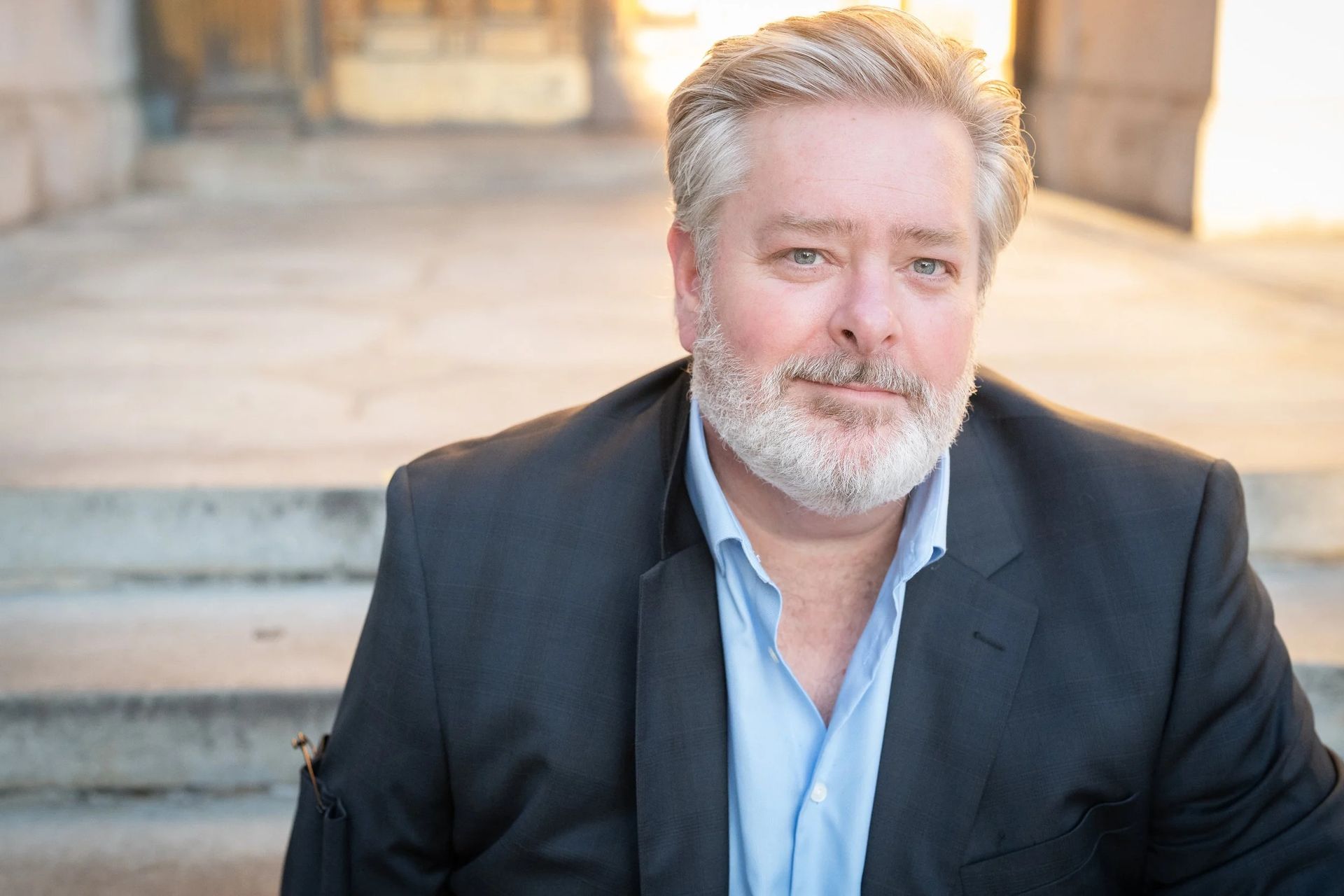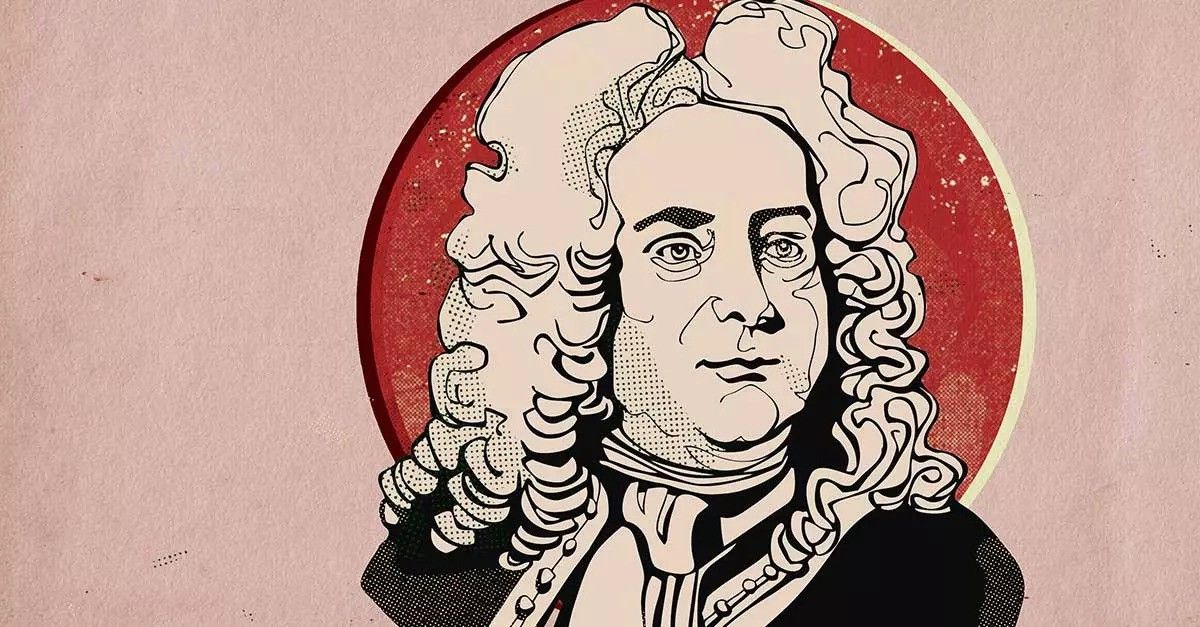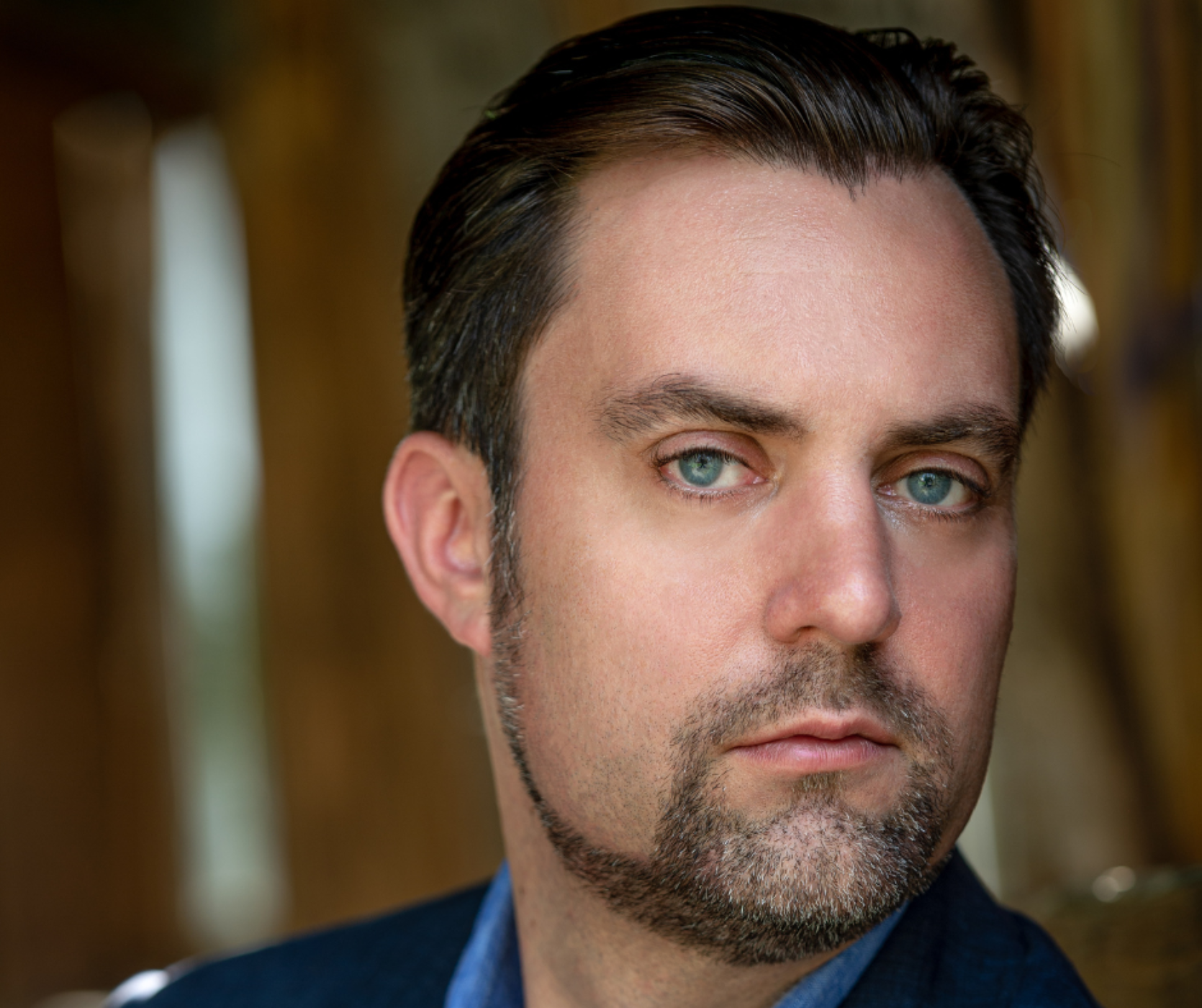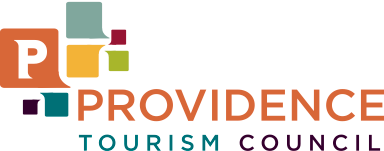THE STORY BEHIND: Prokofiev's Piano Concerto No.3
Share
On March 17 & 18, conductor Tito Muñoz and the Rhode Island Philharmonic Orchestra will present WEST SIDE STORY with pianist Alexander Gavrylyuk.
Title:
Piano Concerto No.3, op.26, C major
Composer:
Sergei Prokofiev
(1891-1953)
Last time performed by the Rhode Island Philharmonic:
Last performed May 2, 2009 with Larry Rachleff conducting and soloist Horatio Gutiérrez. In addition to a solo piano, this piece is scored for flute, piccolo, two oboes, two clarinets, two bassoons, four horns, two trumpets, three trombones, timpani, percussion and strings.
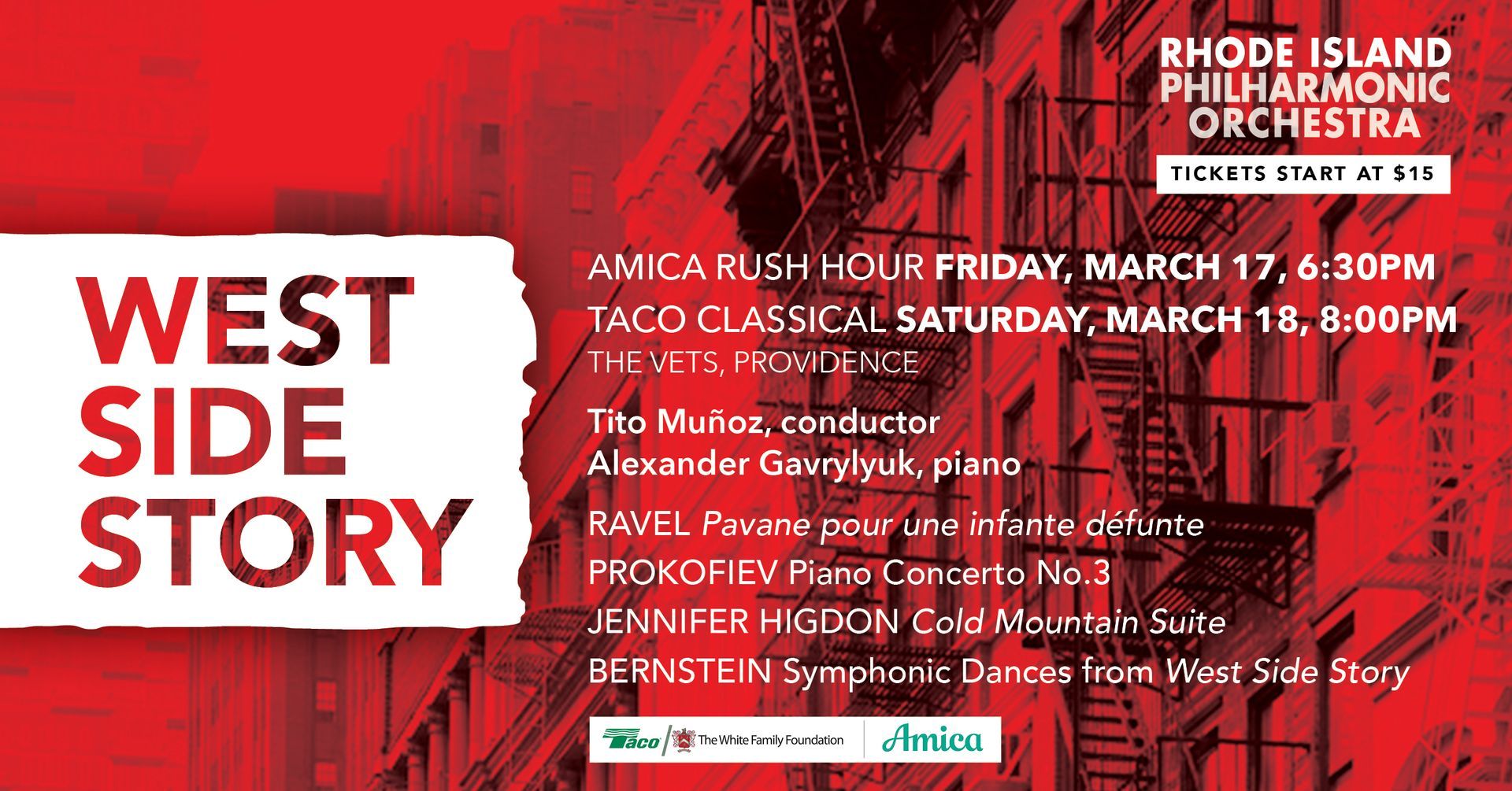
The Story: Sergei Prokofiev composed the Third Piano Concerto in the summer of 1921 at the French sea resort town of Etretât. As with most of his other piano music, the purpose of the concerto was to give the composer a vehicle for his concert performances as a piano soloist. At the time, he was in the midst of several American projects to be completed that fall, including the Chicago premieres of this concerto and of his opera,
The Love for Three Oranges.
The Third Piano Concerto debuted in December by the Chicago Symphony Orchestra with the composer as soloist. A month later, Prokofiev performed the new work in New York. It fared much the same as
The Love for Three Oranges, which was also performed in those two cities. Chicago audiences and press alike raved over the music, but the New York audience and critics devastated it. The Chicago
Daily Herald called the concerto “the most beautiful modern concerto for piano,” but the hostile New York audience booed Prokofiev’s opera. Discouraged and disillusioned, the composer returned to Europe in March 1922 “with one thousand dollars in my pocket and a throbbing pain in my head. . . .” Prokofiev’s Third Piano Concerto, however, was well on its way to becoming a staple concert work and the best loved of his five piano concertos.
The first movement is a study in contrasts. It quickly goes from one mood to another. The introductory idea in the orchestra is cut short by the abrupt entrance of the piano with a hammering, puckish theme. A passage of broad chords leads to one of Prokofiev’s typically sardonic melodies. The composer works with these ideas before they are reprised and expanded. He tells us that “the movement ends with an exciting
crescendo.”
Around the time Prokofiev wrote this concerto, he was experiencing a “classical” rejuvenation (his
Classical Symphony having been completed in 1917) influenced deeply by Haydn and Mozart. Try to hear these influences in the second movement, as the music takes us through a varied succession of points of view on the opening theme. At the end, the orchestra restates the theme “with delicate chordal embroidery in the piano,” in the words of Prokofiev.
The composer continues, “The finale begins with a staccato theme for bassoon and
pizzicato strings, which is interrupted by the blustering entry of the piano. The orchestra holds its own with the opening theme, however, and there is a good deal of argument, with frequent differences of opinion as regards key. There are shifting and side-slipping in this “argument.”
Prokofiev liked to have fun with his listeners through his sardonic wit, and this comes out especially in the finale. Near the end, he takes us for a witty ride. He writes, “With a reduction of tone and slackening of tempo, an alternative theme is introduced in the woodwinds. The piano replies with a theme that is more in keeping with the caustic humor of the work. This is developed, and there is a brilliant [ending].”
Program Notes by Dr. Michael Fink © 2023 ALL RIGHTS RESERVED
Tickets start at $15! Click HERE or call 401-248-7000 to purchase today!

